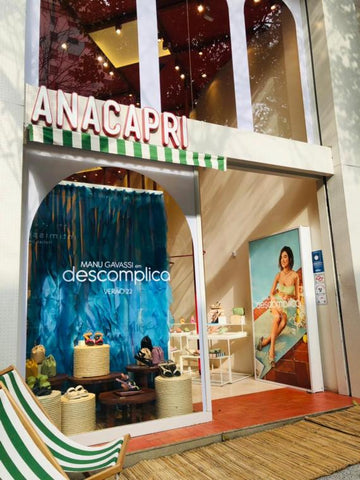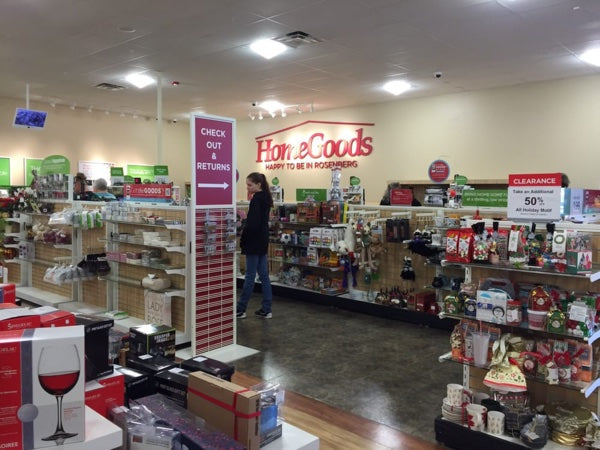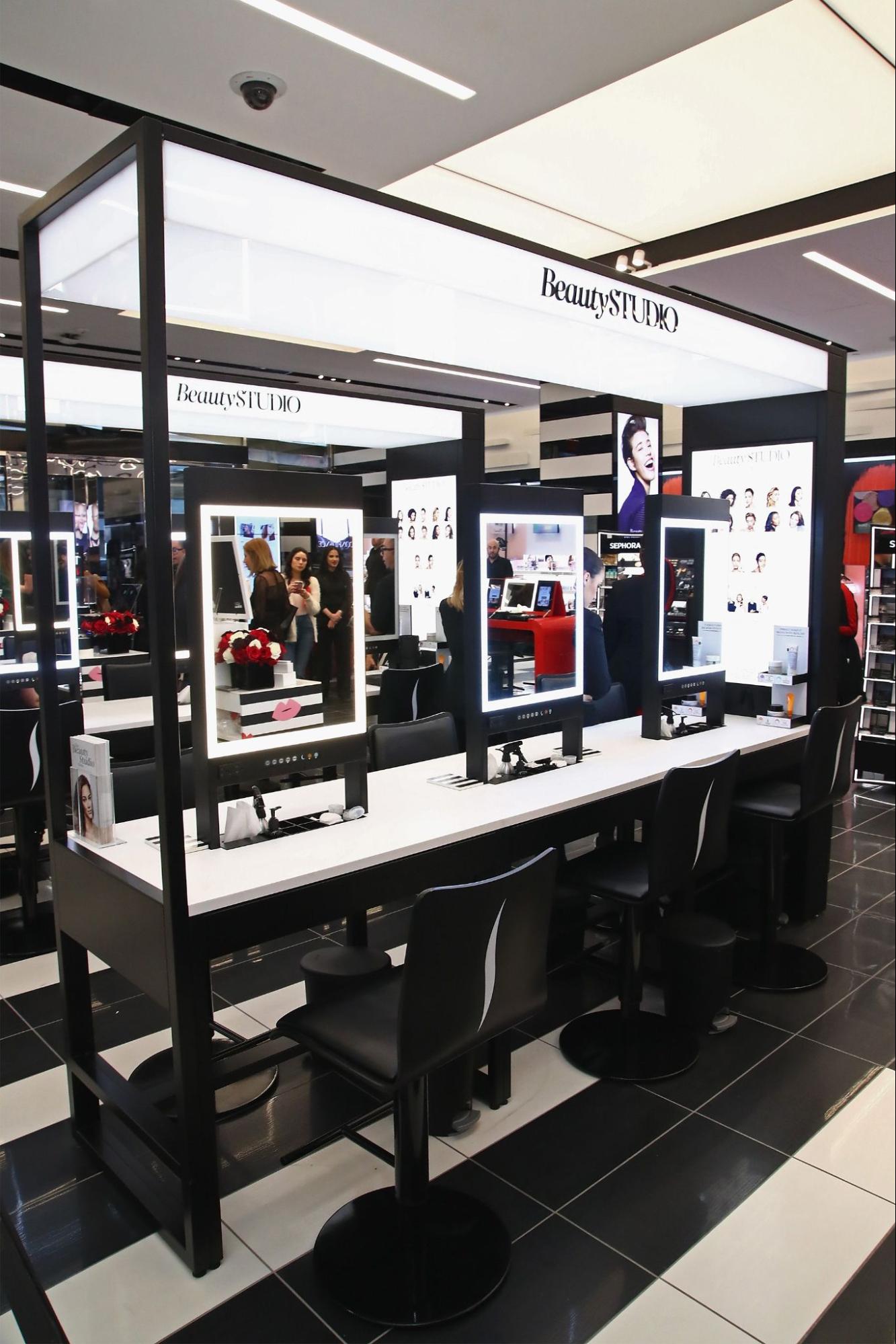Impulse buying is the sudden and immediate purchase of a product without any pre-shopping intention. It occurs after shoppers experience an urge to buy, and is often spontaneous without any hesitation.
Think of impulse buying as the power of temptation. The feeling of doing something you shouldn’t when you just can’t help yourself.
So, what drives impulse buys? And what can you do in your store to encourage them? This guide covers exactly that.
What is an impulse buy?
Impulse purchases differ from regular purchases in one key way: they are not consciously planned. Compulsive buying happens in the spur of the moment, it’s hard to control, and it’s affected by emotional states such as anger or joy.
The science behind impulse buying behavior
In a review study, researchers Sarah Xiao and Michael Nicholson suggest that this shopping behavior includes a number of antecedents, such as:
- Personality traits
- Buying beliefs and attitudes
- Sociocultural values
- Demographic factors
These factors are linked to internal factors (such as emotions) and external factors (such as environmental stimuli) that encourage impulse buying tendency. Self-gifting, or “retail therapy,” is another form of impulse buying one uses to manage their mood.
According to well-cited research by social psychologist Wilhelm Hofmann, impulses emerge through the activation of the associative cluster in long-term memory in close interaction with perceptual stimulus input.
Let’s look at a quick example:
- You love cake and you see one at the bakery.
- Your brain activates a series of urges, desires, and impulses to eat it.
- These urges are stimulated by external stimuli like the cake design, the smell of the bakery, etc.
- You buy the cake without thinking about it.
Hofmann explains that, because of your past experiences with cake, your brain forms a cluster of links: (a) the concept of cake, (b) positive effect generated by the cake, (c) the repeated patterns of behavior that led to the positive effect.
And just like that, you have helplessly bought a delicious cake—and you ain’t mad about it.
Impulse buying examples
So, what are Americans actually buying on impulse? A recent study by Slickdeals uncovered a shift in purchasing behavior post-pandemic.
Pre-pandemic impulse spending product categories included:
- Food and groceries (50%)
- Clothing (43%)
- Vehicles (41%)
- Household items (35%)
- Coffee (31%)
- Books (22%)
- Takeout (22%)
- Technology (21%)
- Toys (21%)
- Shoes (21%)
Post-pandemic impulse spending product categories included:
- Cleaning supplies (42%)
- Hand sanitizer (38%)
- Toilet paper (35%)
- Hand soap (32%)
- Canned food (31%)
- Dish detergent (30%)
- Clothing (22%)
- A treat you’ve had your eye on for a while (21%)
- Video games (20%)
- Home improvement (18%)
- Headphones (18%)
- Video game consoles (17%)
- Books (17%)
- Shoes (17%)
- School supplies (16%)
5 reasons we impulse buy
Now that you know the psychological elements behind impulse buys, let’s look at what drives shoppers to buy instantly.
1. Feeling of getting a deal
Impulse buying doesn’t always mean spending an entire paycheck on fancy products. People also buy products because they feel it will save them money in the long run.
According to Slickdeals’ survey, 52% of respondents would rather take advantage of a deal than pay full price. Sales promotions tend to impact sales because consumers are price conscious. Therefore, they are likely to buy products that offer greater savings.
2. Physical stimuli
A key factor for driving impulse buys is physical stimuli. Consumer research has shown that external factors such as retail signage, ambiance, marketing activities, and window displays influence consumer behavior.
As discussed above, internal factors include personality and psychological factors like emotions and self-control. While external factors include:
- Store environment. Data suggests that a pleasant environment can encourage customers to shop around and make unplanned purchases. Higher levels of positive feelings lead to higher levels of impulse buying.
- Background music. The music your store plays impacts customer emotions and impulse buying. Studies show that soft background music slows the shopping pace of customers, resulting in them spending more time in your store and buying more products.
- Sales people. Sales people that provide guidance and a pleasant shopping experience stimulate consumer spending. They can inform customers about the scarcity of a product, offer free samples or trials, and give money-back guarantees to encourage impulse buying.
- Promotions. Sales promotions like BOGO encourage customers to buy larger quantities. Free vouchers, refunds, free sampling, and giftbacks are also known to impact impulse buying.
3. Instant gratification
When we feel a rush of emotion, such as stress, anxiety, or excitement, it’s harder to make rational buying decisions. Think about the last time you needed to finish a task, but found yourself browsing Amazon for hours. Or wanted to eat more veggies, only to order wings from Uber Eats at night.
Research from Princeton University shows that your brain battles between short-term rewards and long-term goals. When a shopper in your store sees something they need, the logical part of their brain tries to reason with them.
It’ll tell them saving the $35 would be good for their bank accounts, and they don’t really need that shirt, while the emotional side of their brain doesn’t think about the future, and sees instant gratification as the ultimate reward.
Which side of the brain wins? It depends. In retail, consumer research suggests that shoppers are more likely to spend in stores. The senses intake all the environmental cues and generate a strong response, which leads to a purchase without hesitation.
In the end, in-store and online shopping offers a hit of dopamine that consumers crave for instant gratification. It’s that sensation retailers take advantage of in their stores that encourages people to buy.
4. Product placement
Ever think about why you spend more than you wanted to when shopping? It’s because of strategic product placement, which entices you to buy more. Retailers don’t put products in random places by accident. There’s actually a lot of work that goes into it.
For example, your window display is ideal for differentiating and attracting customers into your store. Previous studies also suggest that window displays have a positive influence on impulsive purchases when the products are in high demand. Retailers can create displays that generate an exciting shopping experience, which can lift shoppers’ moods and encourage impulse sales.

Point-of-purchase displays are another placement tactic retailers use to encourage impulse buyers. This way, shoppers can browse featured products while they wait in line and can add them to their cart at the last minute.
LEARN MORE:Planograms: What They Are and How They’re Used in Visual Merchandising
5. Novelty
Impulse buys don’t always come from promotions and strategic displays. Sometimes it’s all about the novelty of being new and original. If products look unique and special, in-store or on social media, shoppers will notice them.
Research from Ridgeway, Kukar-Kinney, and Monroe found that impulse buyers seek novelty items and are hyperactive. These sensation seekers experience positive feelings when finding new stuff that leads them to buy products right away.
The lesson here? Innovate on your product selection. Come up with original products based on customer feedback and sales, and offer items that shoppers can’t find elsewhere. This can excite shoppers and influence their decision making, which leads to more sales.
LEARN MORE:Bundling for Retail: How to Package Products Together for More Sales
How to encourage impulse shopping
- Create a path for customers to follow
- Place lower-priced impulse buys near checkout
- Display impulse products around high-demand items
- Use the right language to communicate urgency
- Anticipate your customers’ needs
- Draw attention to impulse buys
- Offer product samples or demos
- Showcase seasonal items
- Leverage conditional promotions
1. Create a path for customers to follow
Encouraging impulse purchases requires the right mix of product selection and product placement. It’s much easier for you to find the best placement for impulse buys when customers follow a predetermined path through your store. By drawing on specific store layouts and interior design principles, you can lead customers past your high-demand items and plan for more predictable foot traffic.
When you design a path for customers to walk, you can better predict where customers will need a visual break, where they’re likely to linger, and which types of product displays they’ll pass on their way through the store. That makes it easier to determine the best placement for impulse displays.
LEARN MORE: What Is Visual Merchandising? How to Leverage Product Displays For Your Retail Business
2. Place lower-priced impulse buys near checkout
The average customer isn’t going to impulsively spend $1,000 without a second thought. That’s why price is one of the most important factors in choosing the right products to use for impulse displays. For checkout and point-of-purchase impulse buying, it’s best to keep all products under about $20. That way, you can boost purchase values with products customers are ready to buy without too much consideration.
Another way to keep impulse prices down is to use your designated impulse purchase areas to display products that are on sale. Take Bath & Body Works, for example. It frequently offers discounted samplers of new fragrances and little add-ons right next to the cash registers. Combining sale prices with the urgency of a limited-time promotion is a recipe for impulse buying.
3. Display impulse products around high-demand items
When you think about impulse buys, you picture long, structured displays leading to the checkout counter in HomeGoods. Your checkout area isn’t the only place where you can capitalize on consumer buying, though.

Another high-impact place to display impulse products is alongside your high-demand items—a separate display to give shoppers a visual break, or something included on your store’s power wall.
In this space, choose lower-priced products that complement in-demand anchor products. For example, a grocery store might display waffle cones in front of the ice cream freezer. You’ll capitalize on the attention and foot traffic that high-demand products draw, combined with the urgency of impulse products.
4. Use the right language to communicate urgency
Impulse purchases only happen when you can create a sense of urgency in customers’ minds. Impulse buys generally draw on one of two things:
- Shoppers’ wants
- Staple items
That’s why candy and socks are two things you’ll often see near the checkout line. When you display products that customers desire, that desire does a lot of the heavy lifting that spurs shoppers to buy now.
But when you use the checkout line, or the checkout page in an ecommerce store, to display promotional items or everyday staples, it’s your job to build that sense of Gotta have it now!
The right language—including phrases like “Buy now” and “Get it before they’re gone”—is one of the tools that can tap into consumers’ impulse to buy staple items.
5. Anticipate your customers’ needs
When we talk about products that are impulse buys, we aren’t talking about a concrete or defined set of items. The products that your customers buy impulsively might be the same products that sell at your neighbor stores—or they might be completely different.
Understanding the best products for your impulse buy displays is all about knowing your customers and being able to anticipate their needs.
Are your customers marathon shoppers who spend hours going from one store to the next? They might respond to bottled water or lip balm in the checkout line. Is your customer shopping for home décor to capture a particular feeling in their space? Maybe scented candles are just what they’re missing to complete the room.
6. Draw attention to impulse buys
HomeGoods stores take advantage of the captive audience of customers waiting in line to check out. For other impulse displays throughout the store (or if you don’t have the space for point-of-purchase displays), you’ll need to take extra steps to draw attention to those products.
Aside from placing products in the right areas of your store, you can draw on three main things to grab shoppers’ attention:
- Signage. Use signage on and around impulse displays to get customers to pay attention, and, as we talked about before, use language that creates a sense of urgency.
- Lighting. Try colored lighting, spotlighting, or any lighting that sets the display apart from the rest of your store.
- Color. Bright, bold colors can draw customers’ attention and help create the feeling you want to go along with your impulse buys—like red for sale or promotional items.
7. Offer product samples or demos
Not every retail store can offer samples or demos of their products, but for those that can, they can go a long way in convincing shoppers to buy something they didn’t plan on. By giving shoppers a small taste (actual or metaphorical) of products, you can boost impulse buying.
Food sample stations throughout Whole Foods are a great example of this concept. You may not have come in looking for vegan muffins, but if you get a taste, you might not leave the store without them.
Sephora’s makeovers are another perfect case study of retailers offering demos. Shoppers who come in to buy foundation might just fall in love with the lip stain employees put on them.

8. Showcase seasonal items
Seasonal items, like décor, scented candles, or hand soap, are one of the best choices for your checkout and impulse displays because they tap into that sense of urgency—seasonal products are inherently available for a limited time.
Choosing to display seasonal items also makes it easy to switch up your point-of-purchase displays regularly, which is key to winning impulse buys from repeat customers who’ve seen your displays before.
FURTHER READING: Not sure how to create high-impact displays near your checkout counter? Learn more about how you can optimize your point-of-purchase displays to increase sales.
9. Leverage conditional promotions
Conditional promotions aim to encourage sales without hurting your revenues or basket values. They also motivate shoppers to look around your store and check out more products versus just looking at sale items.
Conditional promotions include:
- Buy one, get one on discount or free (BOGO)
- Buy and earn loyalty
- Buy and save on specific items
Free stuff is a powerful motivator. You can use that to your advantage by structuring conditional offers around your store. Low-cost products are often bought on impulse. So try to find products with higher margins in your offers to come out profitable.
Tapping into the buying impulse
As you can see, taking advantage of impulse sales is critical as a retailer. The more shoppers enjoy their experience in your store, the more positive feelings they have toward impulse buying.
A well-decorated, pleasant, and ambient store along with engaging surroundings and background music can keep shoppers around and buying more with less effort.
Test a few of the ideas above to start. The right strategy can change your store for the better, not just by making more sales, but in creating exciting experiences customers will remember.
Read more
- Retail Merchandising 101: New to In-Store Merchandising? Start Here
- Slow Shopping: Why Retailers Should Focus on Discoverability In-Store
- What Retailers Can Learn From These 5 Examples of Experimental Store Formats
- 10 Visual Merchandising Tips for Increasing Event Sales
- The Secret to Telling Your Brand's Story With Immersive Retail Design





